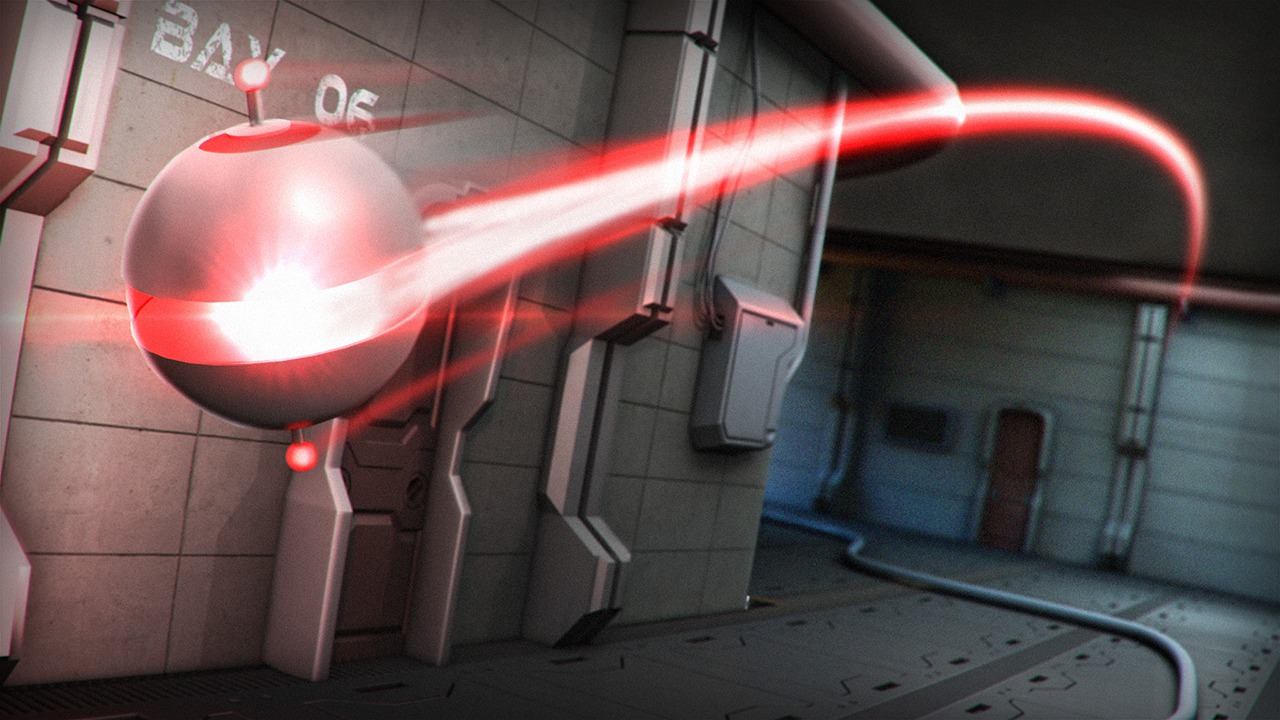

You can, however, still edit objects that were assigned this controller in previous versions. In addition, you can specify a Weight setting for each controller in the list to determine its relative influence. Controllers are evaluated in top-to-bottom order. It is a compound controller with tools for managing how its component controllers are calculated. The List controller combines multiple controllers into a single effect. The Linear controller interpolates between animation keys by evenly dividing the change from one key value to the next by the amount of time between the keys. Basically, once a track is limited, and the limit is active, you can't set a value for the track beyond the limit. For example, in a character rig you could use this to restrict rotation on finger joints so the fingers can't bend backward. The Limit controller lets you specify upper and lower limits to available controller values, thus restricting the potential value range of the controlled track. The Layer Controller dialog provides commands and options related to the Layer controllers in your scene, which the system automatically assigns for you when you enable animation layers on an object. The Expression controller lets you use mathematical expressions to control these animation aspects: object parameters such as length, width, and height and transform and modifier values such as an object's position coordinates. Euler XYZ is not as smooth as quaternion rotation (used by the TCB Rotation controller), but it is the only rotation type that you can use to edit rotation function curves. The Euler XYZ Rotation controller is a compound controller that combines separate, single-value float controllers to specify an angle of rotation about each of the X, Y, and Z axes. The Bezier Float controller is a single parameter controller. By default, each track is assigned a Bezier Float controller. You can use this controller with color tracks. The Color RGB controller splits the R, G, and B components into three separate tracks.

The animation controllers are organized in the following categories: The assigned controller is a default type, depending on the parameter, but you can assign a different controller if your animation requires it. As soon as you change such an animatable parameter with Auto Key on or add a key, 3ds Max assigns a controller to the parameter. Some parameters, such as non-positional modifier settings, do not receive a controller until you animate them.

They store animation key values and procedural animation settings, and they interpolate between animation key values. Controllers, like constraints, handle the animation tasks in a scene.


 0 kommentar(er)
0 kommentar(er)
